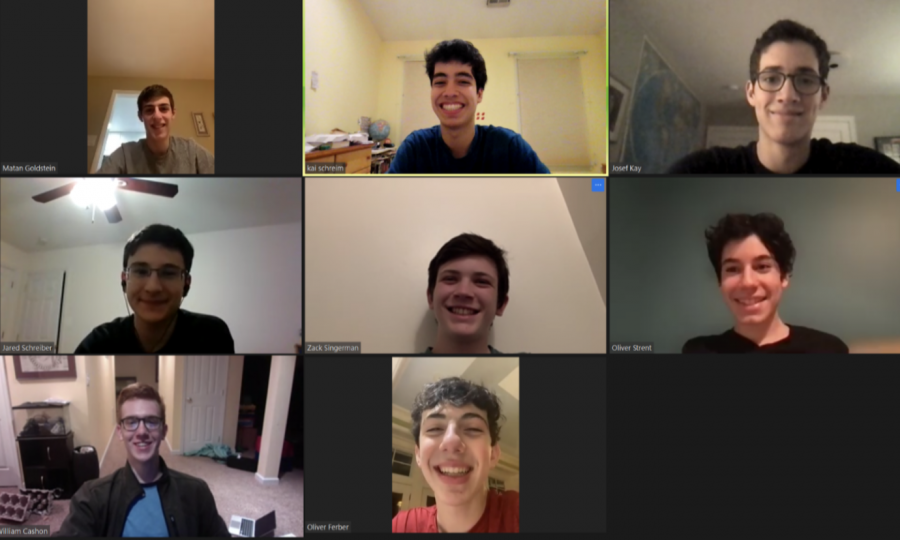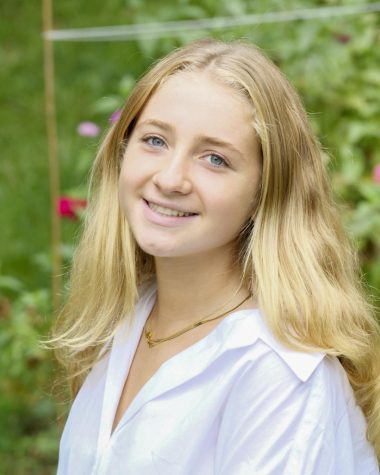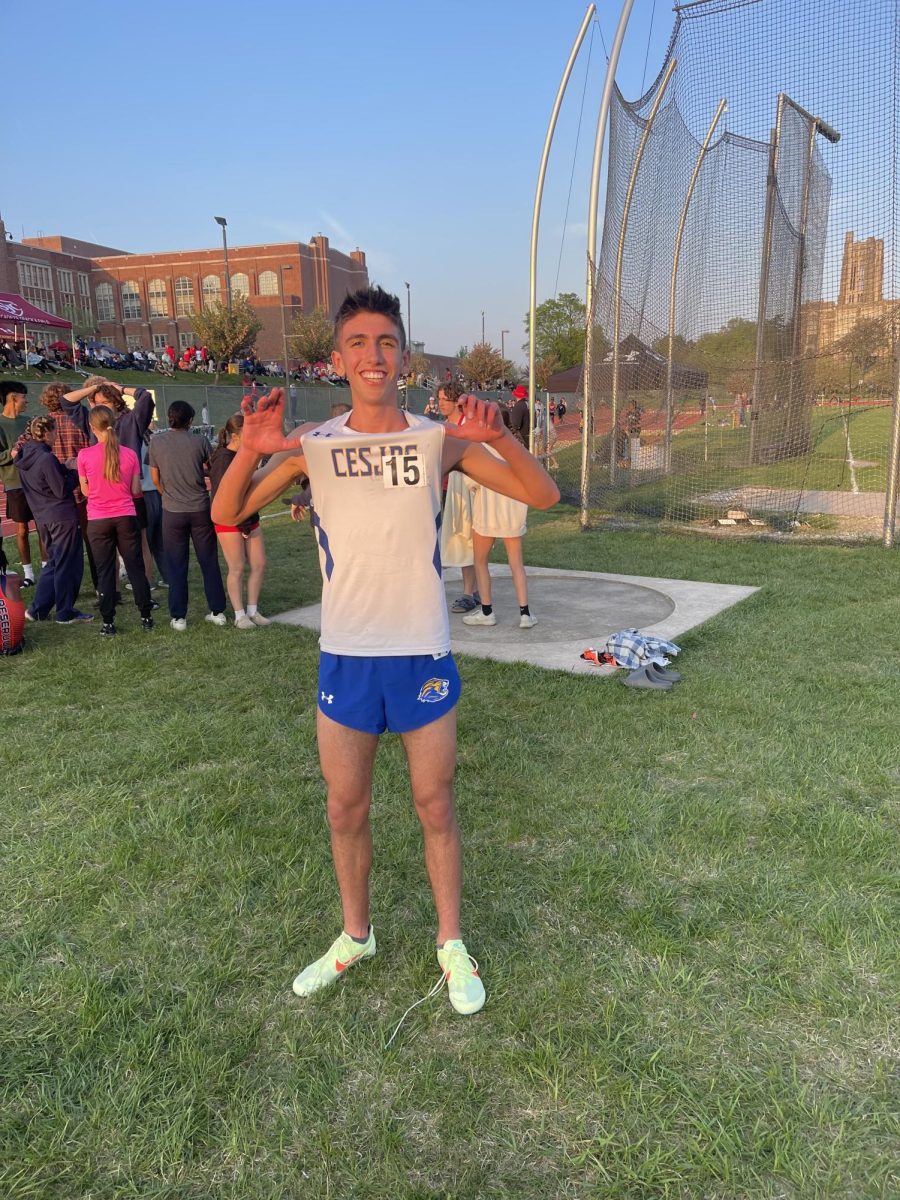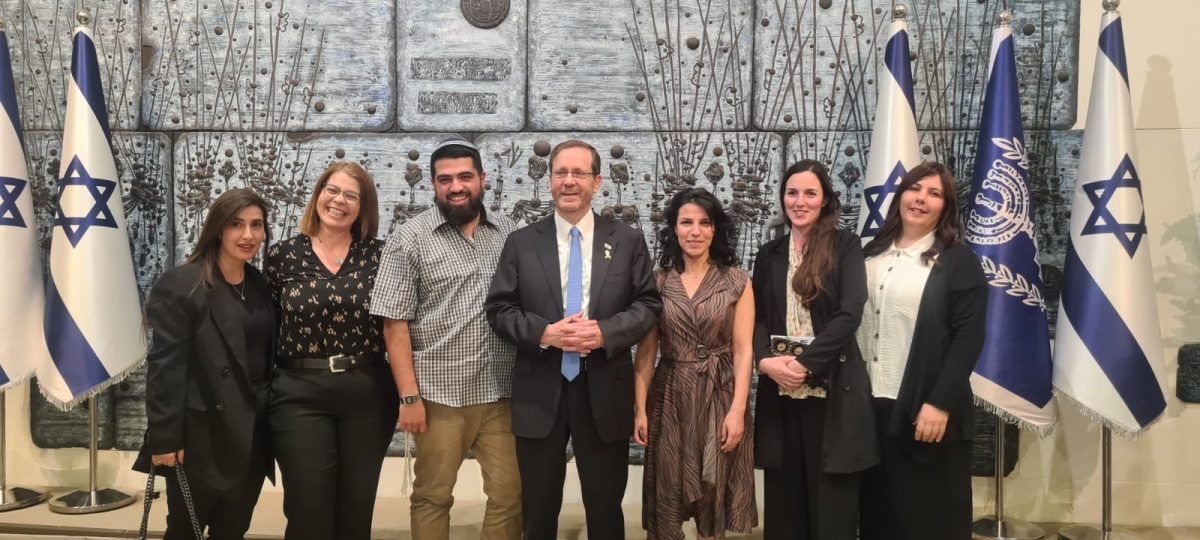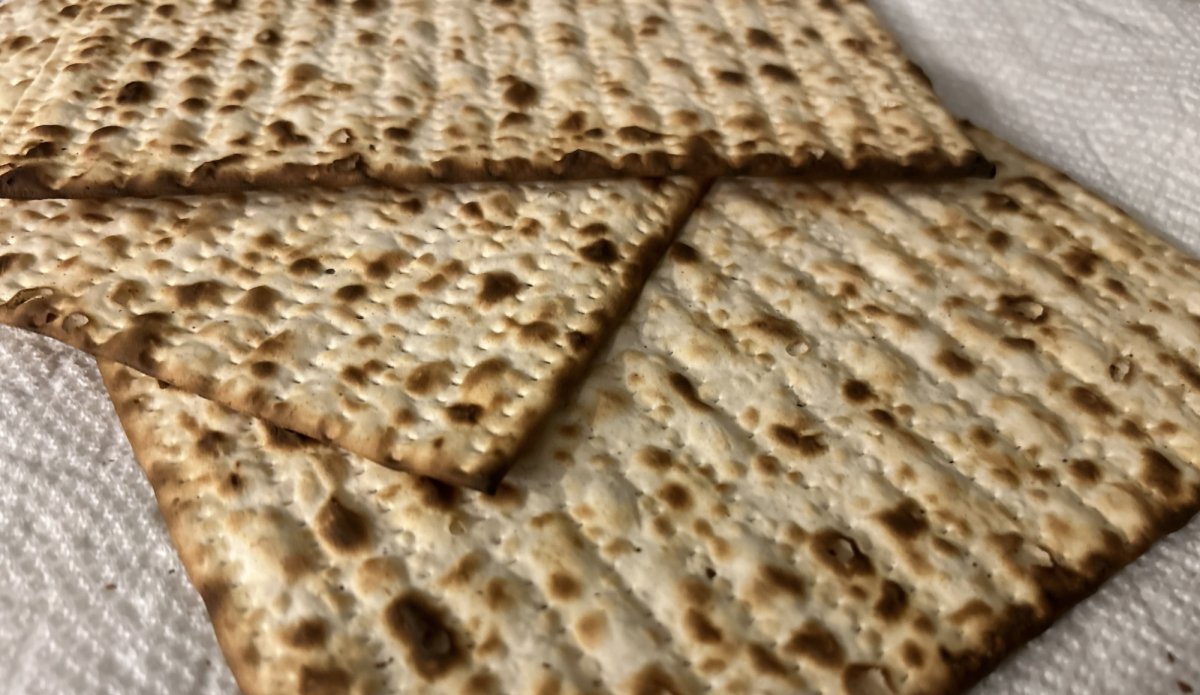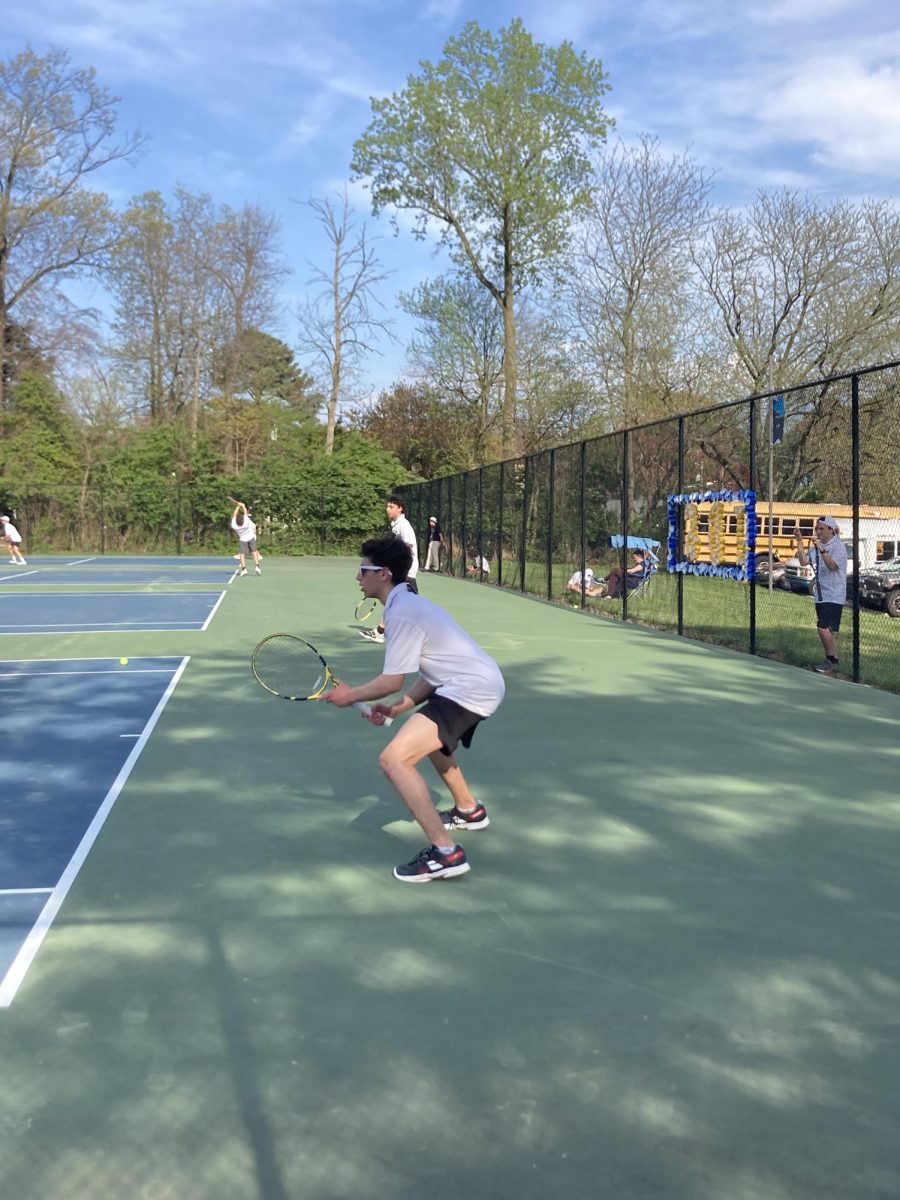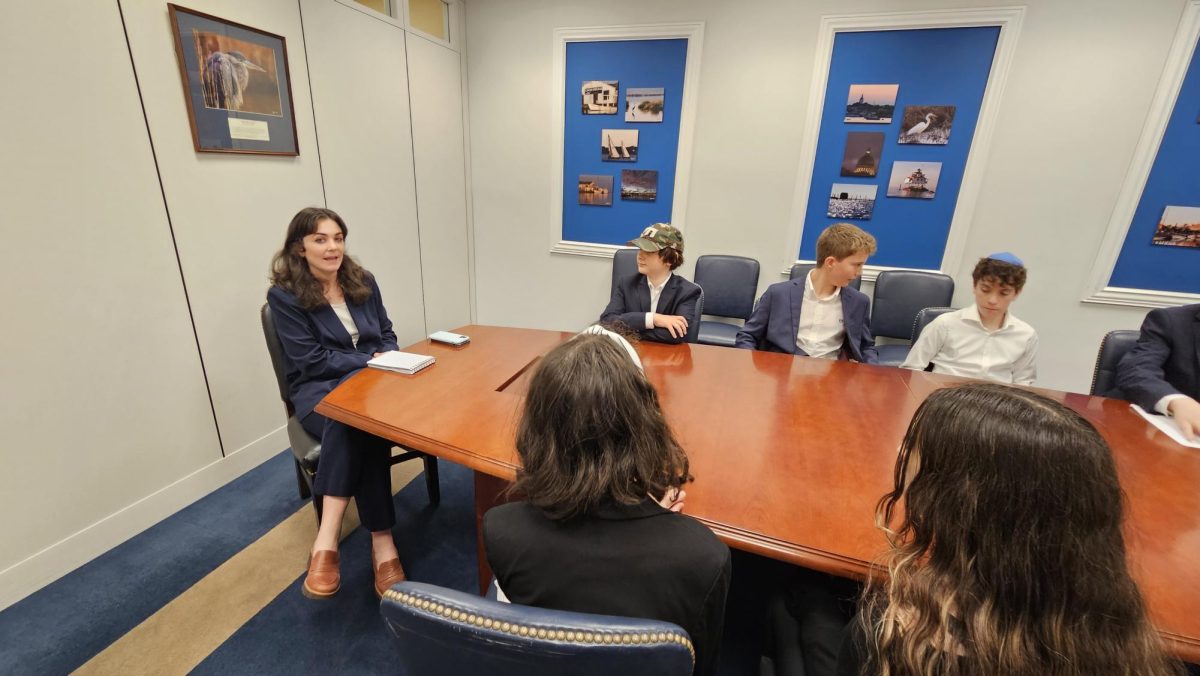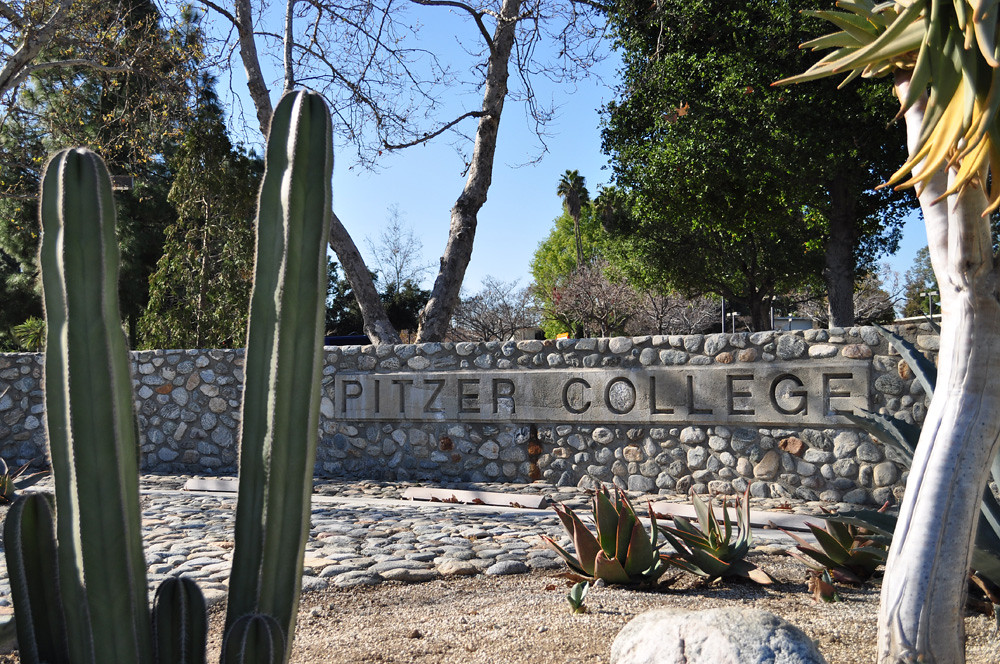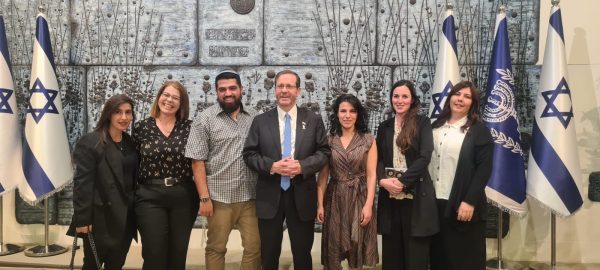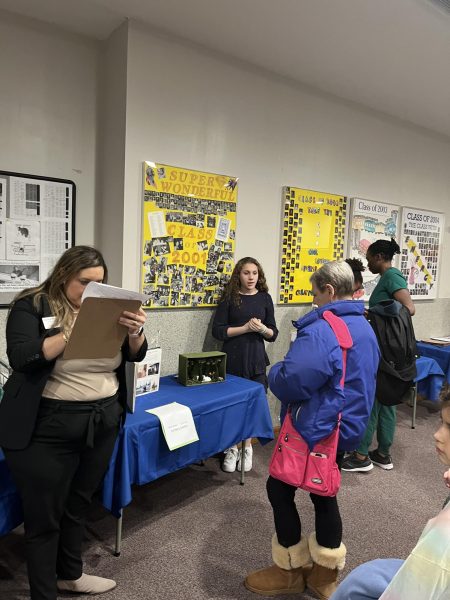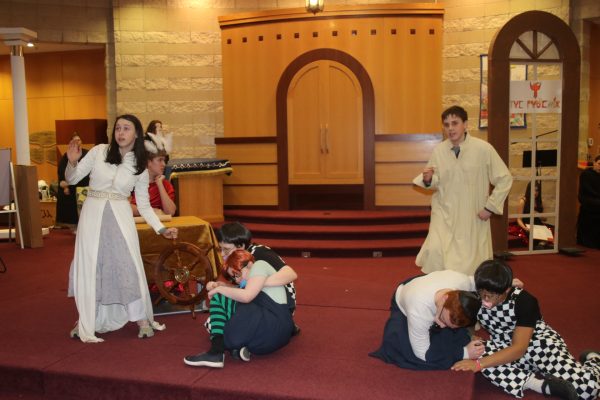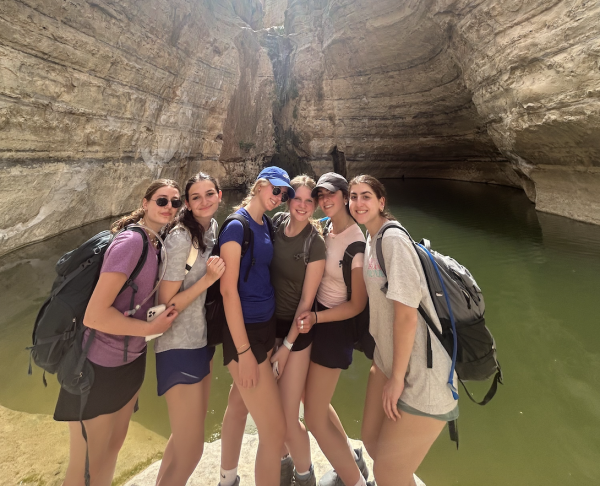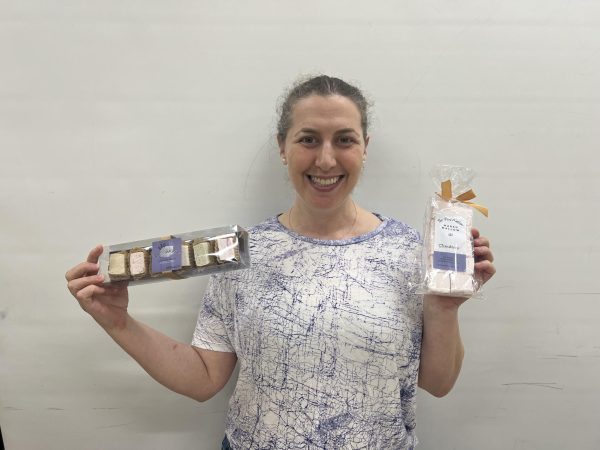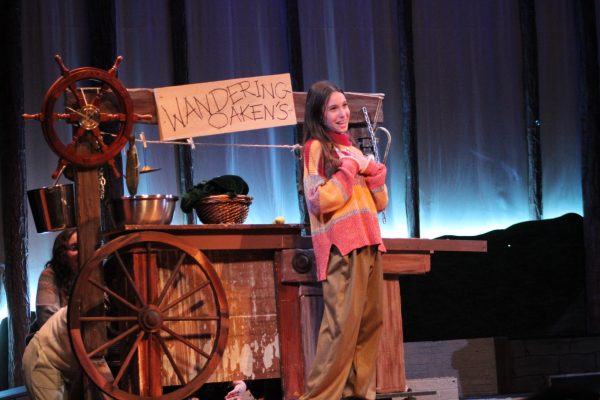CESJDS places second in statewide school chess tournament
Members of the JDS team celebrate their tournament result.
January 4, 2022
While most high school students would have quickly entered their winter break mode and avoided all contact with the horrors of Zoom and any other affiliations with their school, a handful of avid chess players from JDS prepared to turn their audio on and keep their video off for a statewide school chess tournament. They competed alongside their classmates in an online arena-styled tournament against six schools’ chess teams.
The Scholastic Chess League was founded over the summer of 2021 by Peter Seelman, a junior at Glenelg Country School (GCS). The idea came about when he was in his Computer Science class.
“It would be cool if I could play [chess with] people from other schools… I will code a website [for the league] now and think about the details later,” Seelman said.
However, he knew that he would need more than one person to pursue this vision. Without hesitation, he turned to Kai Schreim, a junior from JDS who had attended the HOBY World Leadership Congress alongside Seelman in late July. Schreim was elated when he was approached with the idea.
“I had always thought of an idea for greater competition among local high school chess teams,” Schreim said. “I figured that this was the perfect opportunity for me to use the leadership skills I have gained through HOBY and finally fulfill this goal.”
At first, the idea for such a large statewide chess event never left the desks of the organizers. With limited time and many rejections from several regional school chess powerhouses, the duo often felt discouraged from pursuing the creation of the league.
“I was a bit worried, honestly, about how many people would show up, because it’s a pretty big ask especially when for most public schools it [the tournament] was during the school week,” Seelman said. “I have a bunch of clubs, I have a bunch of people who said they’re interested, but what does that translate into actual numbers?”
With a week to spare, they managed to gain the participation of six public and private schools across the state of Maryland. The tournament was a success.
In the individual competition, Josef Kay and William Cashon of JDS took first and second place respectively. In the overall competition, the GCS chess team outscored JDS by 20 points, winning by a score of 96 to 76. Our Lady of Good Counsel High School came in third place, scoring 50 points despite their few participants. Kay commented on the resulting rivalries for the JDS chess team.
“There was not a super competitive toxic nature, which was in my opinion great. I think Good Counsel would be very well suited to play against us in an individual match, considering they had three players and we had five players… that [match] would be very competitive and tight.”
While the tournament was a success, it did not go without flaws. One of the issues that arose was the controversy of an equal number of participants from each school. While most chess teams had an average turn out of three members, Liberty High School’s one participant, as opposed to GCS’s nine, drew some concern. This led to a lopsided overall score favoring larger teams.
Seelman agrees that it is important for the individual to make a substantial impact on their team. He plans to work alongside Schreim and other participants to create a system that will reward teams with better points more reflective of the level of their performances.
The two plan on expanding the tournament in the near future to hold more public school teams, including regional powerhouses Walt Whitman High School and Bethesda Chevy-Chase High School. While the success of this tournament opened the window for greater expansion, it also advanced the league’s most important goal: to expand the game of chess throughout high schools in the area and create a statewide community for players of all levels.


